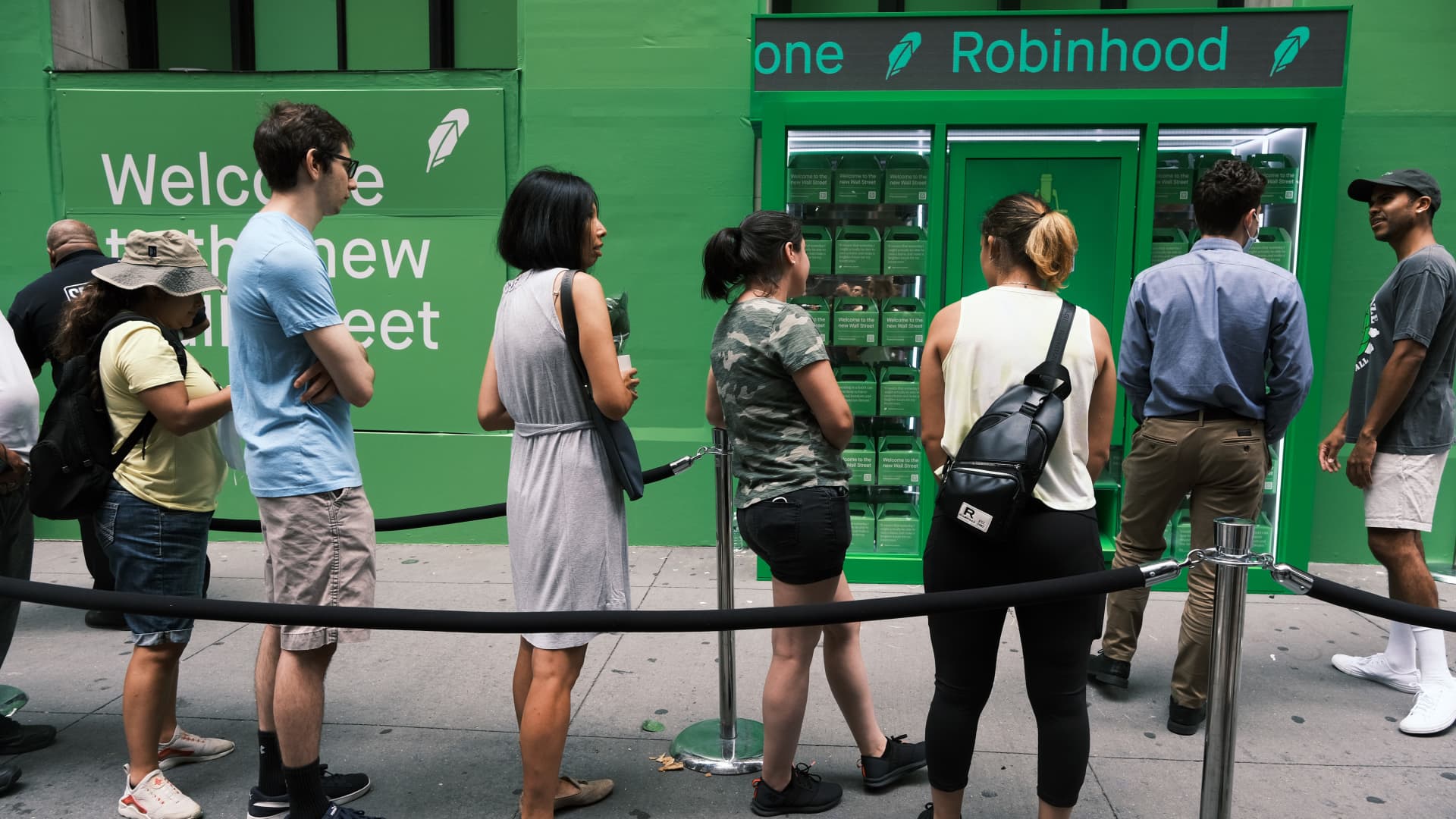227,000 jobs were added to the economy in November. (iStock )
November saw a higher rise in job numbers than originally expected. Nonfarm payroll employment rose by 227,000, while the unemployment rate bumped up slightly to 4.2%, the U.S. Bureau of Labor Statistics reported. Health care, hospitality and government industries largely led the drive in job growth.
“Although payroll employment rebounded in November with a gain of 227,000 jobs, and the prior months were revised upwards by a cumulative 56,000 jobs, the report overall shows more softening in the labor market,” Mike Fratantoni, MBA senior vice president and chief economist, said in response to the latest report.
“The household survey again showed a large drop in employment, and more households reported spells of long-term unemployment,” Fratantoni said.
The job growth numbers are strong, but with unemployment changing little, many Americans are still struggling to find work. The retail industry was the one that lost the most jobs in November, losing 28,000 jobs.
Compared to last year, the jobless rate is still high at 4.2%. This time last year, the unemployment rate was 3.7%.
The health care sector had a good month in November, adding 54,000 jobs. Employment and leisure industries added a similar number of jobs last month, at 53,000. This is similar to the number of jobs the industry added in October.
Government employment also trended upward, adding 33,000 jobs in November, which is on par with the average monthly gain of 41,000 seen over the prior 12 months. Transportation and equipment manufacturing added a similar 32,000 jobs as well, largely thanks to the return of Boeing workers who were on strike in previous months.
If you are struggling with the effects of inflation, a personal loan with a low interest rate can help you pay down debt faster. Visit Credible to find your personalized interest rate without affecting your credit score.
INFLATION SEES THE LOWEST ANNUAL RISE SINCE 2021
Fed likely to announce rate cuts in December
A steady job market and a rising unemployment rate has the potential to sway any interest rate cuts set to be announced at the Federal Reserve’s December meeting.
“Fed officials have pointed to their ‘data dependence’ when it comes to decisions about future rate cuts,” Fratantonie said. “These data support a cut at the December meeting. MBA forecasts that the Fed will continue to reduce short-term rates in 2025, although they are likely to slow the pace of cuts.”
The labor market has started to stabilize, but it is still stagnant, as the unemployment rate shows. Experts suspect this will lead to rate cuts intended to help restart sectors of the economy. The results of the inflation report set to come out in the middle of December will also contribute to the final decision on the Fed’s part.
After December’s rate decision, 2025 looks murky when it comes to more interest rate cuts. Many experts expect a slow-down on rate cuts.
“The balance of risks is shifting toward less rate cuts next year,” said Oren Klachkin, Nationwide financial market economist. “They’ll be navigating a bit in the dark, so we think they’ll take it slowly.”
Using a personal loan to pay off high-interest debt may help you reduce your monthly expenses and put money back in your wallet. Credible can help you find your personalized interest rate today.
FHFA ANNOUNCES HIGHER MORTGAGE LOAN LIMITS FOR 2025
Consumer sentiment rises for the fifth month in a row
Consumer sentiment is a mixed bag, but it did improve for the fifth consecutive month, preliminary numbers for December found. Sentiment for the economy rose about 3%, the highest reading in seven months.
This month’s rise in sentiment was primarily due to the perception that buying certain durables would help buyers avoid future price increases. Due to the current economic situation, sentiment may not stay up if prices continue rising.
American’s political leanings have an effect on their economic sentiment. December’s report found that Democrats saw declining consumer sentiment while Republicans’ grew, and Independents sat somewhere in the middle.
Democrats as a whole are concerned about the potential economic impacts of future tariff hikes. Many believe an increase in tariffs will lead to a resurgence in inflation. Republicans believe the opposite and think President-elect Trump will usher in a substantial slowdown of inflation.
If you’re concerned about the state of the economy, think about paying down your high-interest debt with a personal loan at a lower interest rate. Head to Credible to speak with a personal loan expert and get a rate quote.
SENIORS TO GET MODERATE COST OF LIVING BUMP IN SOCIAL SECURITY PAYMENTS NEXT YEAR
Have a finance-related question, but don’t know who to ask? Email The Credible Money Expert at [email protected] and your question might be answered by Credible in our Money Expert column.

 Blog Post1 week ago
Blog Post1 week ago
 Economics1 week ago
Economics1 week ago
 Finance1 week ago
Finance1 week ago
 Accounting1 week ago
Accounting1 week ago
 Personal Finance7 days ago
Personal Finance7 days ago
 Personal Finance1 week ago
Personal Finance1 week ago
 Personal Finance1 week ago
Personal Finance1 week ago
 Finance1 week ago
Finance1 week ago











